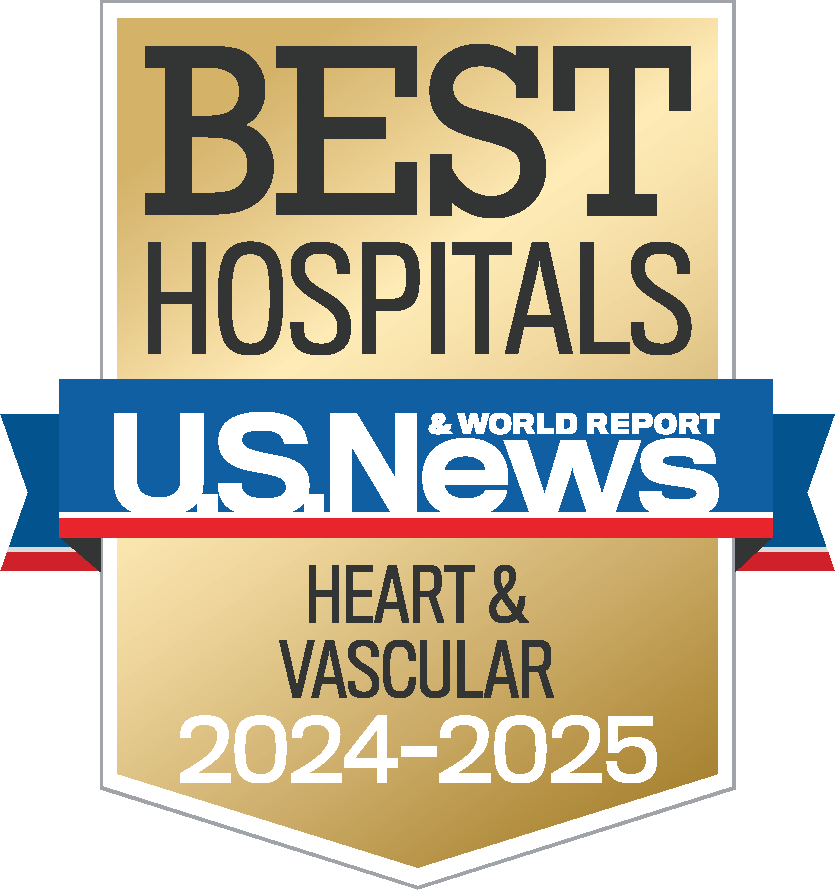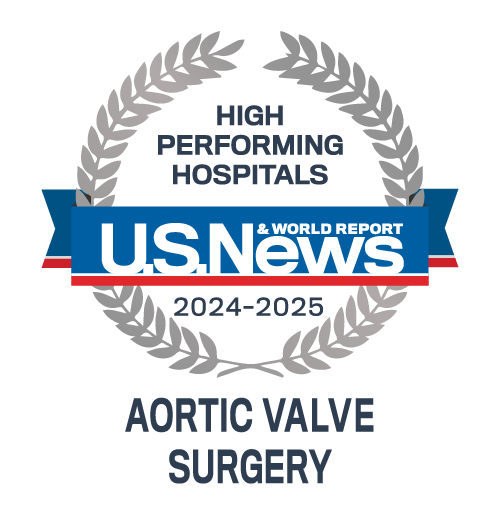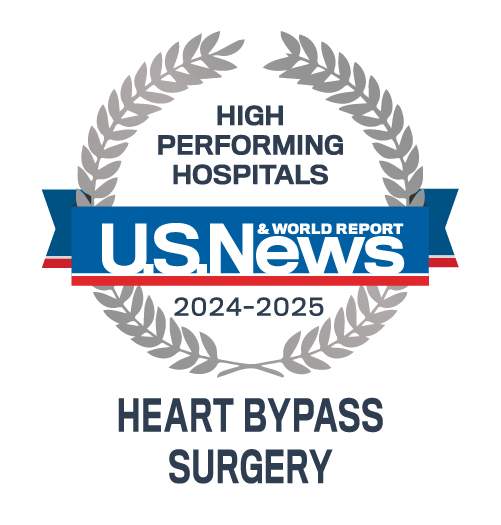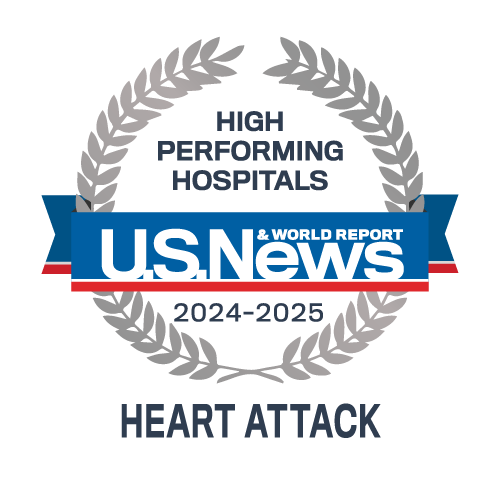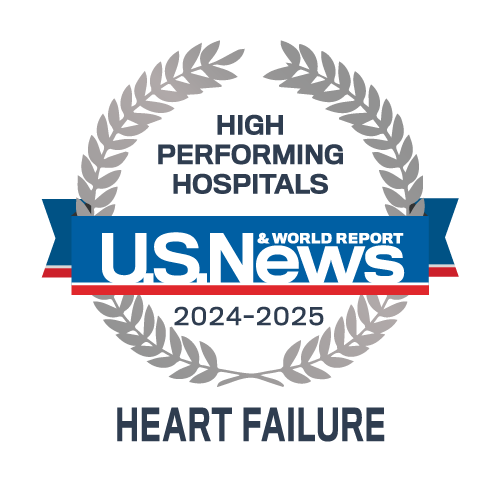
What are general chest conditions?
General chest conditions include a broad group of issues that affect your throat and esophagus, aorta (your body's main artery), heart, lungs, ribs, or other structures in the chest.
What are the general symptoms of chest conditions?
Experiencing one of the following conditions could be an indicator of other chest-related conditions. Speak with a primary care physician or your cardiologist if you notice anything unusual.
- Acute coronary syndrome: a range of conditions associated with sudden, reduced blood flow to the heart.
- Aortic dissection: a condition in which a tear occurs in the innermost layer of the aorta (the body’s main artery).
- Pneumothorax: a collapsed lung or air leaks into the space between the lung and chest wall, causing more strain to be placed on the heart.
- Pulmonary embolism: a condition when a blood clot forms in an artery in the lung, blocking blood flow.
What are the causes of general chest conditions?
- Atherosclerosis
- Heart valve problems
- Kidney diseases
- Myocardial infarction
- Sleep apnea
What are the most common types of chest conditions?
- Chest pain
- Hypertension
- Heart palpitations
What are the risk factors for general chest conditions?
- Age
- High blood pressure
- Physical inactivity
- Smoking
- High cholesterol
- Obesity
How do I prevent and treat general chest conditions?
- Consume less salt
- Exercise at least 30 minutes a day
- Quit smoking
- Limit or avoid alcohol consumption
- Avoid saturated fats
- Manage stress
Palpitations are sensations you feel when your heart rate speeds up, or when you can feel it thumping in your chest. They are common, and causes include exercise, stress, and caffeine. Arrhythmias are disruptions in regular heart rhythm and can have more serious symptoms, such as chest pain, light-headedness, and shortness of breath. If you believe you are experiencing arrhythmias, schedule an appointment with a St. Luke’s Health cardiologist.
If you are having a heart attack, which happens when parts of the heart do not receive enough blood flow, you may notice some of the following symptoms:
- Chest pain. Pain in the center or left side of the chest is one of the most common signs of a heart attack. You may feel a tightness, fullness, or squeezing sensation that can last for several minutes.
- Discomfort in the upper body. This can include pain in the arms, shoulders, neck, jaw, back, and stomach.
- Shortness of breath. While this symptom usually accompanies chest pain, it can occur before the discomfort starts.
- Lightheadedness. In combination with other symptoms, feeling as though you are about to pass out is a common indicator of a heart attack.
- Heart palpitations. You may begin to feel irregular or skipping heartbeats.
Find a Doctor
Looking for a doctor? Perform a quick search by name or browse by specialty.

